Hydropower has long been recognized as a vital source of renewable energy, contributing significantly to global electricity generation. As the demand for clean energy rises, innovations in hydropower technology are playing a crucial role in enhancing efficiency while promoting environmental stewardship. This article explores some of the most promising advancements in hydropower and their potential impact on sustainability.
1. Advanced Turbine Designs
One of the most significant areas of innovation in hydropower is the development of advanced turbine designs. Traditional turbines can be harmful to aquatic life, but new designs focus on reducing this impact. Fish-friendly turbines, for instance, allow fish to pass through safely, minimizing mortality rates. These turbines are designed to operate at lower speeds and include features that help fish navigate the facility more effectively.
2. Pumped Storage Hydropower
Pumped storage hydropower (PSH) is another innovative technology gaining traction. PSH systems function as large batteries, storing energy by pumping water to a higher elevation during periods of low demand and releasing it to generate electricity during peak demand. This method not only enhances grid stability but also allows for the integration of more variable renewable energy sources, such as wind and solar, into the energy mix. By effectively managing supply and demand, PSH can significantly improve overall system efficiency.
3. Run-of-River Hydropower
Run-of-river hydropower systems have emerged as a sustainable alternative to traditional large-scale dams. These systems generate energy without the need for large reservoirs, thus minimizing land inundation and ecological disruption. By harnessing the natural flow of rivers, run-of-river projects can provide renewable energy while preserving local ecosystems. Innovations in this area include the use of modular units that can be easily deployed and adapted to various river conditions.
4. Real-Time Monitoring and Data Analytics
The advent of smart technologies and the Internet of Things (IoT) has transformed the way hydropower facilities operate. Real-time monitoring systems equipped with advanced sensors enable operators to gather data on water levels, flow rates, and turbine performance. This data can be analyzed to optimize operations, predict maintenance needs, and enhance overall efficiency. By leveraging data analytics, hydropower plants can reduce operational costs while ensuring reliable electricity generation.
5. Environmental Mitigation Technologies
To further promote environmental stewardship, hydropower facilities are adopting various mitigation technologies. These include sediment management systems that help maintain river ecosystems and strategies to manage water quality. Implementing effective environmental monitoring programs ensures that hydropower operations are conducted responsibly, addressing the ecological concerns often associated with large-scale projects.
Conclusion
Innovations in hydropower technology are paving the way for a more sustainable future in renewable energy. By enhancing efficiency and prioritizing environmental stewardship, these advancements not only help meet the growing demand for clean energy but also contribute to the preservation of vital ecosystems. As the world continues to seek sustainable solutions to combat climate change, hydropower stands out as a crucial component of the energy transition, driven by ongoing innovation and a commitment to responsible management.
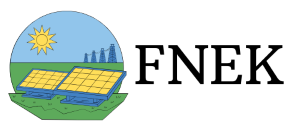


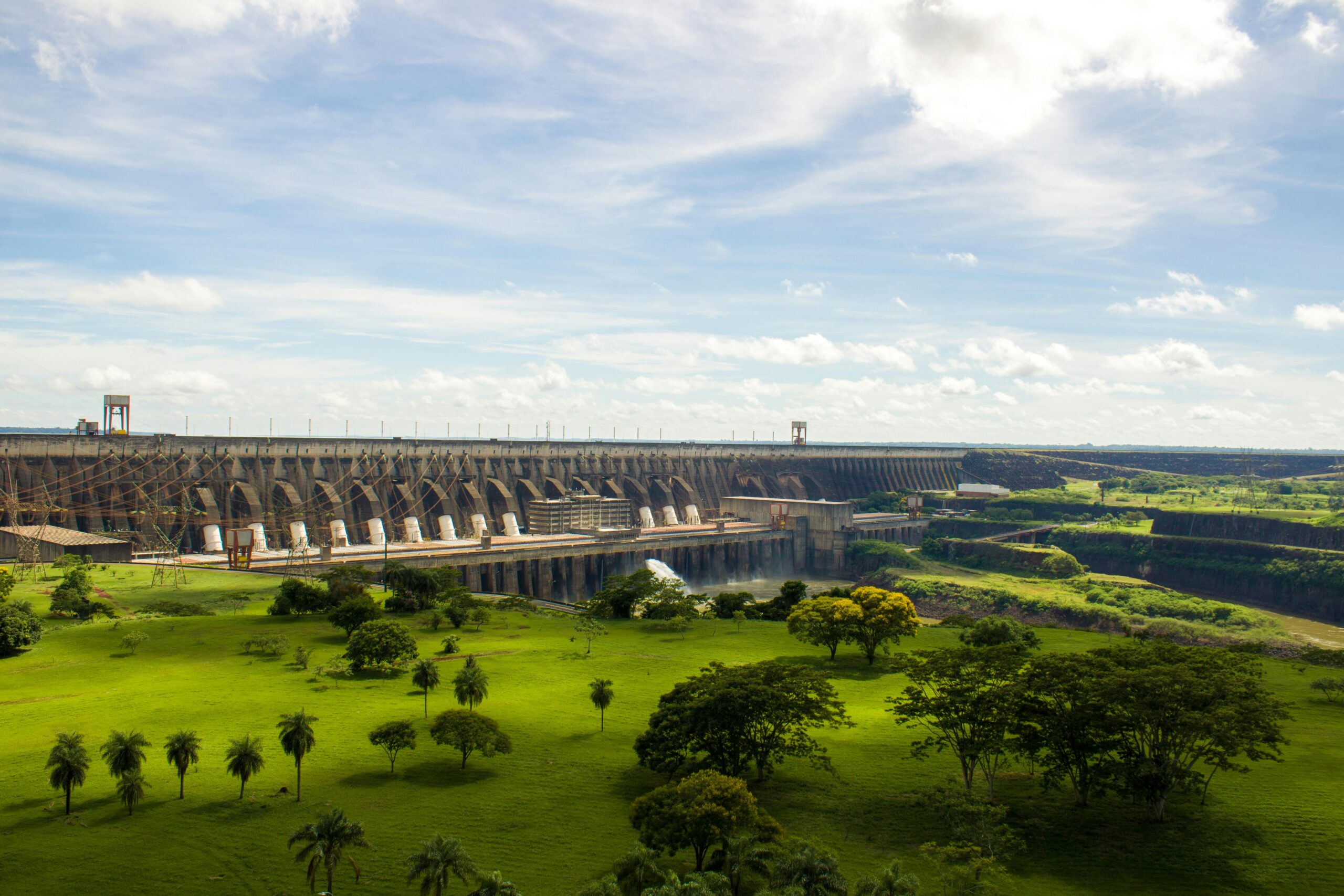
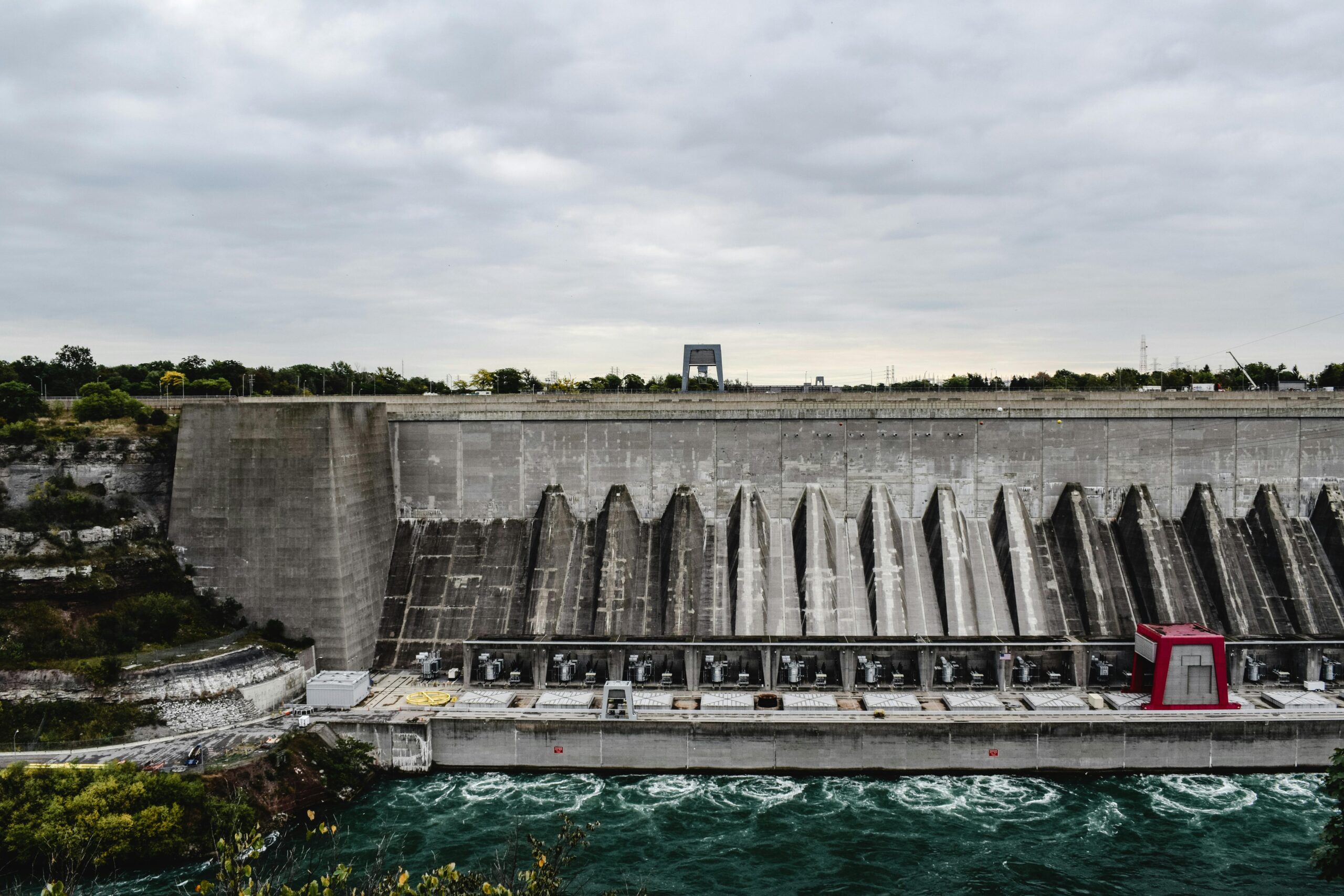
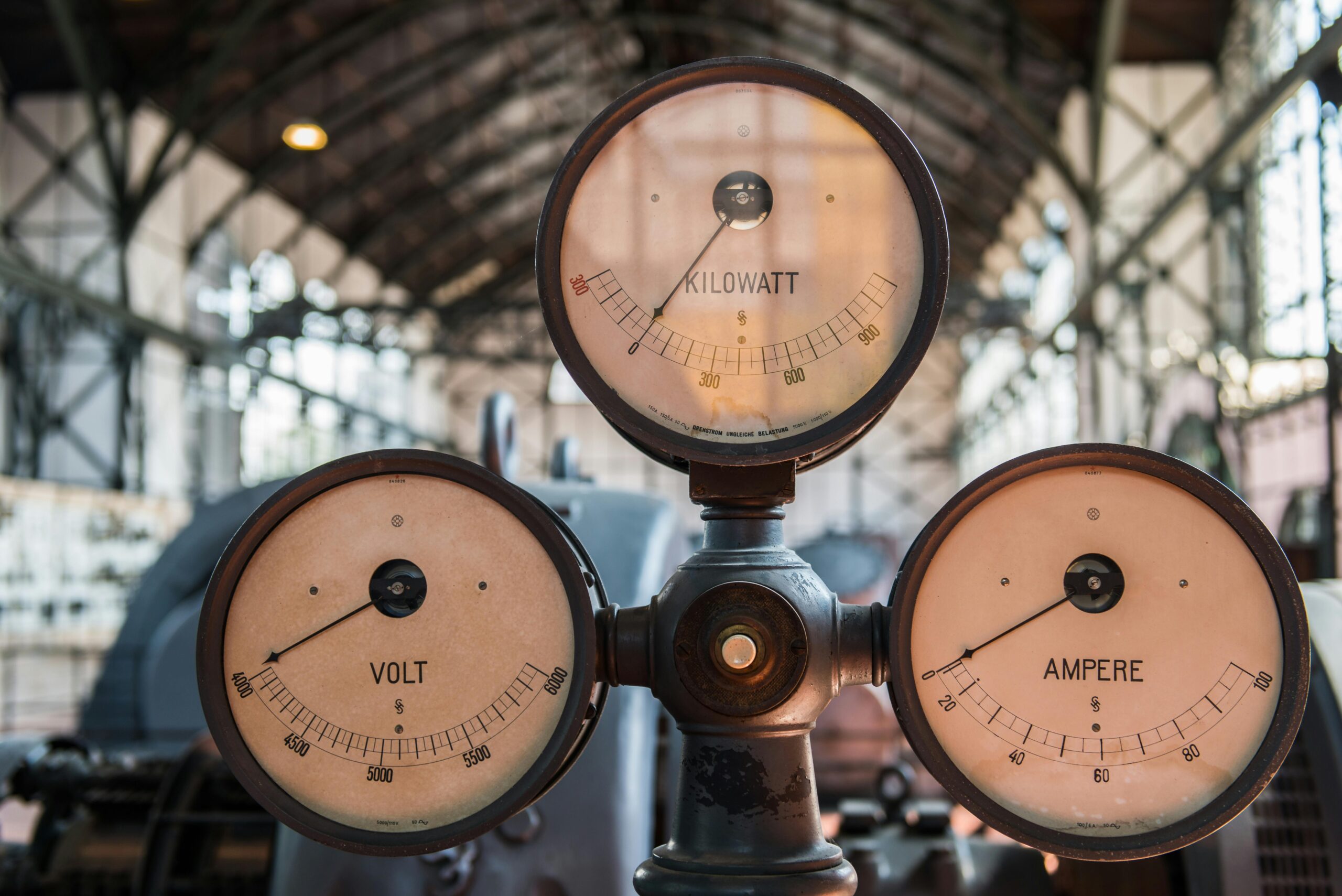
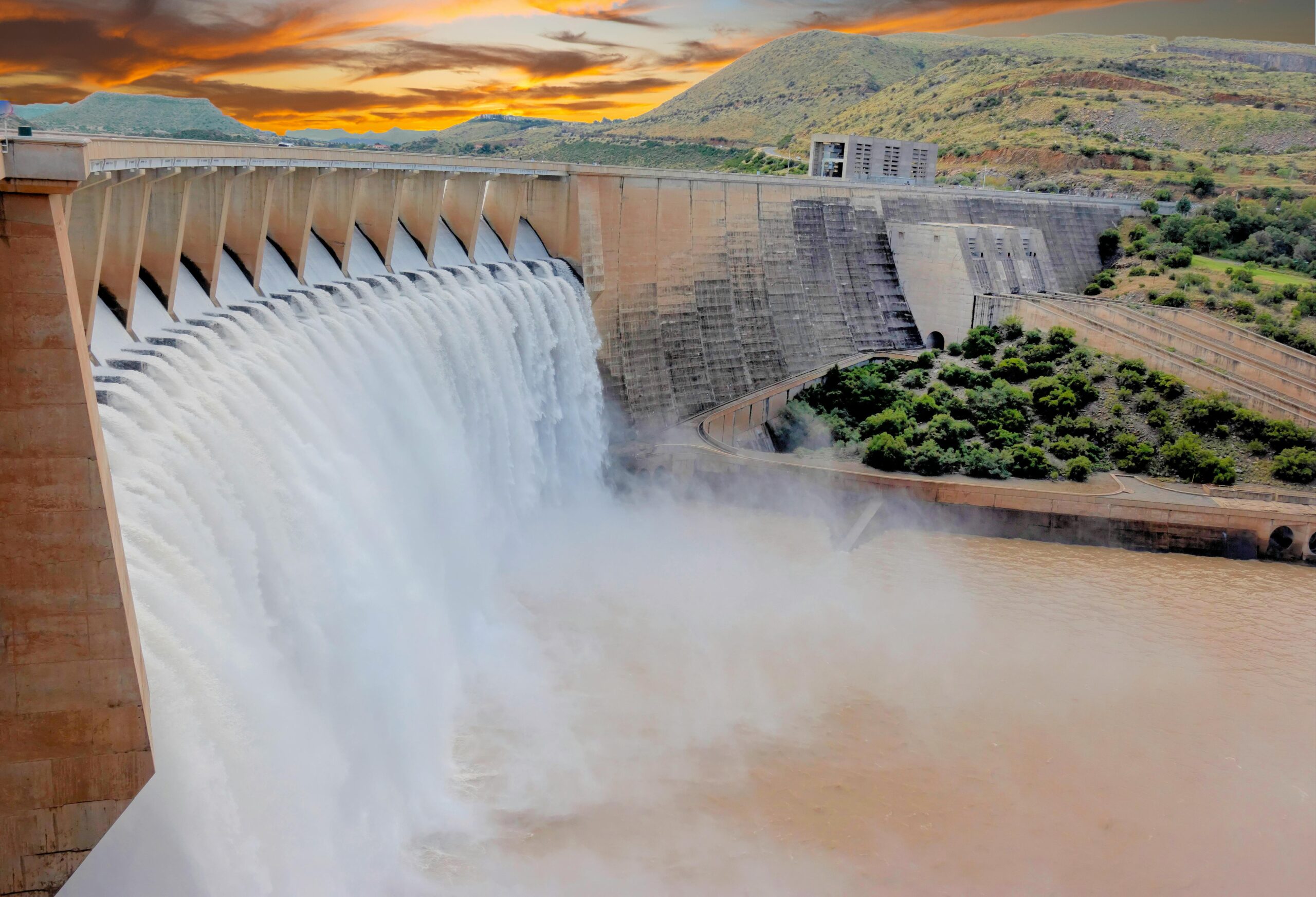

Leave a Comment